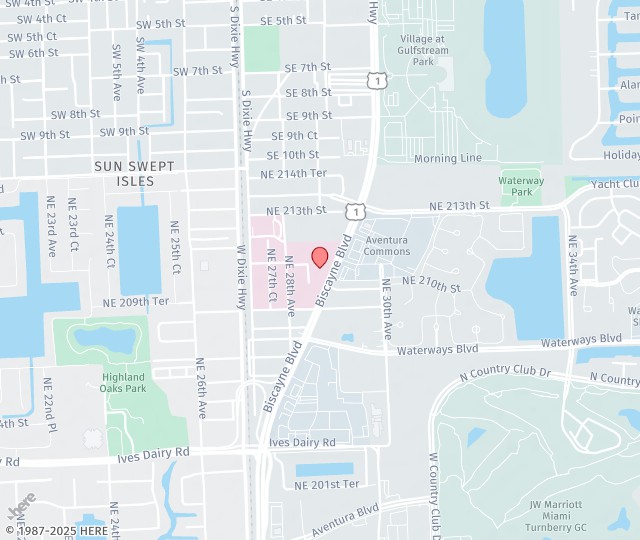Dissatisfaction with the upper arm stems from the presence of excess skin and fat. Loose skin on the upper arms can occur with aging and significant weight loss. Arm lift, also known as brachioplasty, is the surgery to remove excess skin of the arm. To achieve optimal contour, both excess fat and skin must be addressed. Excess fat is reduced by either weight loss with a healthy diet and exercise or liposuction. However, significant excess skin typically requires excision. See before and after arm lift surgery.
Arm Lift Procedure Details
The surgery is performed under general anesthesia at an outpatient surgery center typically. If you have both excess skin and fat, then the arm lift is typically combined with liposuction (need link) to achieve the best contour. The scar for the arm lift is placed on the inside of the upper arm and typically extends from the armpit or axilla to just above the elbow. In some individuals, the scar might extend beyond this area to the lateral chest wall if there is significant excess skin stretching into the lateral chest wall. A drain will be placed in each arm to remove excess fluid to prevent fluid collection after surgery. This drain typically must be maintained in place for at least 1-2 weeks depending on the amount of drainage.
Who is a Candidate for an Arm Lift?
The transformation from the arm lift is life changing for the appropriate candidate. Ideal candidates are those with significant excess skin with or without excess fat, in good health, do not smoke or vape or use nicotine products, and accept the presence of a long scar on the inner arm. If you cannot accept the scar, then you should not have this surgery.
Can the arm lift be combined with other procedures?
Typically, an arm lift can be safely combined with other procedures. A consultation is necessary to determine if the procedures can be performed safely together.
Arm Lift Recovery
Patients go home on the same day after the arm lift surgery. A drain is placed in each arm to remove the excess fluid to reduce risk of fluid collection. The drains usually stay in place for about 1-2 weeks before the drainage is low enough that it can safely be removed. You will see significant improvement in contour immediately. Bruising and swelling will occur after surgery. While bruising will typically resolve in about 2 weeks, swelling can take 3-6 months to resolve completely. Light compression of the arm is recommended for at least 4-6 weeks to help reduce swelling and risk of fluid collection or seroma. Most patients return to normal activities in 1-2 days. Avoid strenuous exercise and heavy lifting for at least 6 weeks. Most patients return to work in 2 weeks with no heavy lifting restriction.
What are the complications?
As previously mentioned, the scar in an arm lift surgery is significant and long. Due to the location of the scar and movement, some patients might not heal as well as others with poor scarring, stretched out scar, or hypertrophic scar. Numbness of the surrounding area is usually temporary but can be permanent in some patients. The drain helps remove fluid your body produces after surgery at the surgical site. Despite drain placement, some patients can still accumulate fluid after the drain is removed that would require drainage in the office using needle aspiration. It’s uncommon that a drain will need to be replaced.
REQUEST A CONSULTATION
Please use this form for general information purposes only. DO NOT send personal health information through this form. Specific patient care must be addressed during your appointment.
Please complete the following form to request an appointment. Please also note that availability will vary depending on your request. Your appointment will be confirmed by phone by a member of our staff. Thank you!


